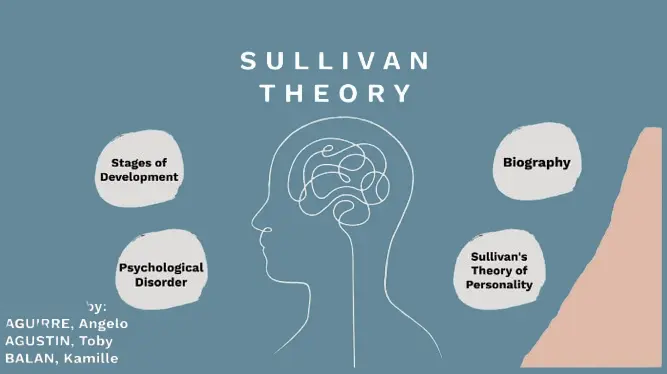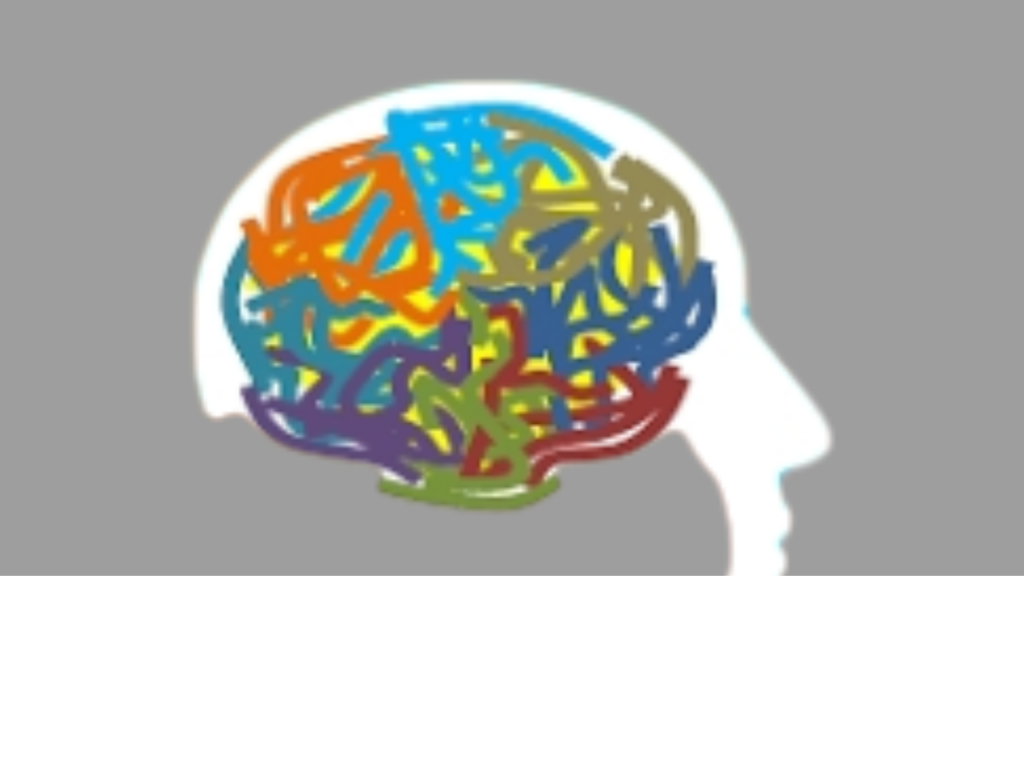A natural reaction to losing a loved one is grief. The majority of people experience a gradual reduction in their mourning symptoms. But for a select few, the symptoms are severe enough to pose issues and prevent them from carrying on with their lives, and they continue to experience great grief. The strong and ongoing sadness that disrupts everyday life and causes problems is the hallmark of prolonged grieving disorder.
What is prolonged grief?
Prolonged sadness following a loss is referred to as prolonged grief disorder or complicated grief. It can interfere with your everyday life by causing strong feelings and obsessive thoughts that don’t go away.
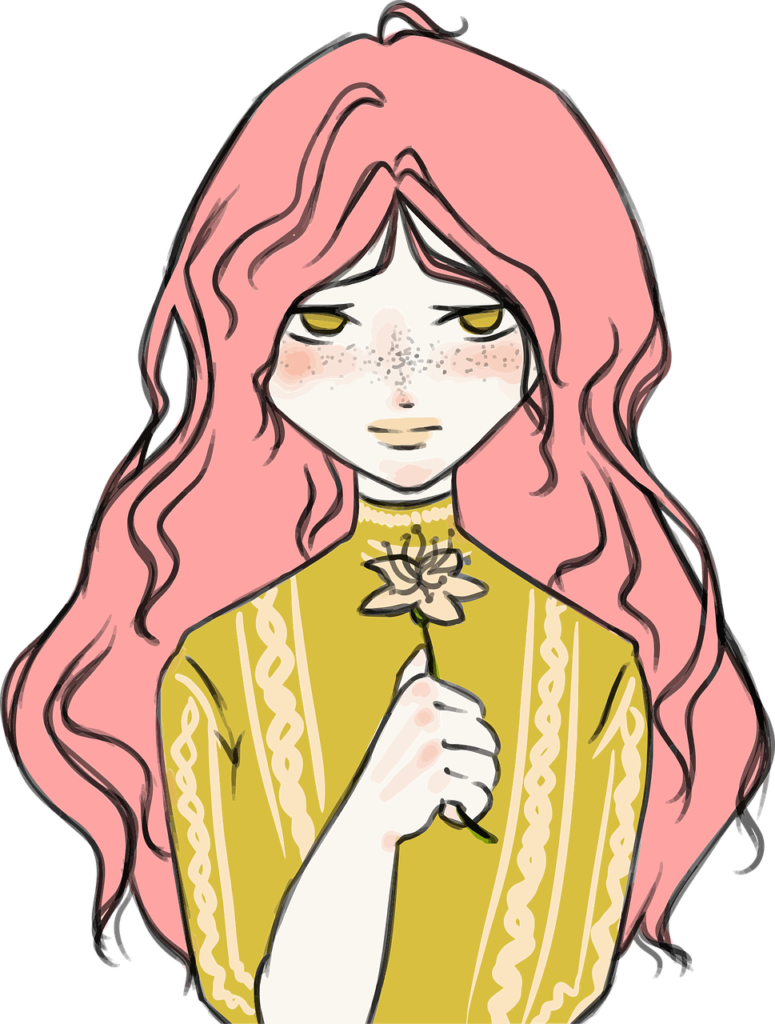
Grief is a normal reaction to a loss. It may seem as though you’re wading through water, lost in a fog, or stuck in the mud. You might feel hurt, depressed, or even furious. When you’re ready to move on at your own speed, grief normally fades with time. However, complex grief does not go away by itself. It can take a toll on you both mentally and physically, more so than is typical following a bereavement.
If your grief is complex, you could experience:
- Overwhelmed by the circumstances around a loss or its cause.
- Concerned about what might happen if you lost.
- Similar to how you must ignore or evade thoughts of your loss.
Prolonged grief disorder (DSM-5)
With the release of the Diagnostic and Statistical Manual of Mental Disorders, Fifth Edition, Text Revision (DSM-5-TR) in 2022, a new diagnosis was made. Persistent complicated bereavement disorder was included in the 2013 Diagnostic and Statistical Manual of Mental Disorders, Fifth Edition (DSM-5) as a prerequisite for additional research. The diagnosis was changed to extended grief disorder in the revision. In the revision, it was the only new diagnosis. (Prolonged mourning disorder is also recognized by the International Classification of Diseases 11th Revision (ICD-11) of the World Health Organization, which became operative in 2022.)
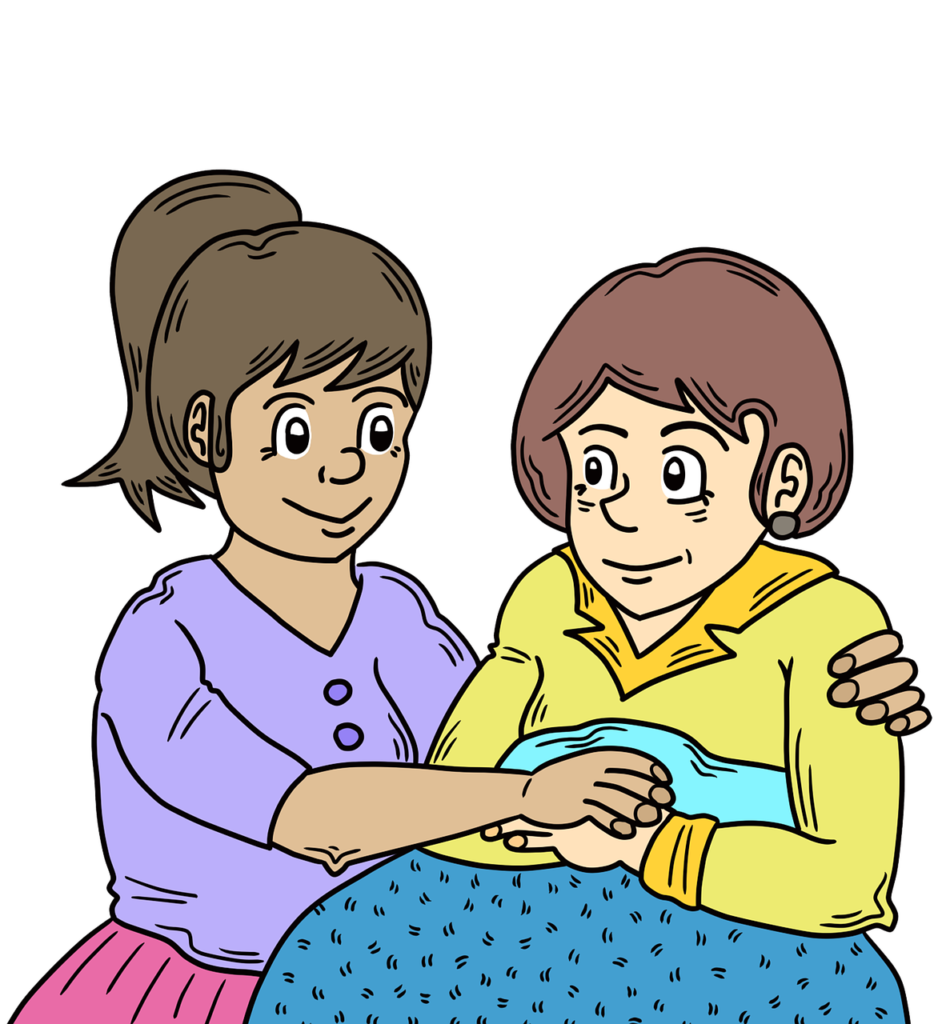
Moreover, at least three of the eight symptoms listed below have been experienced to a clinically significant degree as a result of the death:
- experiencing a sense of loss of a part of oneself;
- a strong sense of disbelief regarding the death;
- avoiding reminders that the person has passed away (often in conjunction with intense searching for objects that remind the deceased person and/or evidence that they are still alive, such as mistaking others for the deceased);
- experiencing intense emotional pain (anger, bitterness, sorrow) related to the death;
- finding it difficult to reintegrate into life after the death;
- experiencing emotional numbness (especially in relation to a feeling of emotional connection to others);
- feeling that nothing matters in light of the death;
- extreme loneliness brought on by the loss
Signs and symptoms
it’s important to take care of your emotional health if you recently lost a loved one. This is a typical time to experience grief. However, it may become harmful if it gets too strong and persists for several months during the day. Among the warning indicators of PGD are:

- feeling as if a piece of yourself has vanished
- a feeling of shock at the death
- avoiding reminders that they are no longer alive
- strong feelings of grief, resentment, or fury over the loss
- Having trouble going on with your life (making plans for the future, pursuing interests, and interacting with others)
- Apathy on an emotional level
- having a sense that existence has no purpose
- extreme loneliness, or the sense of being cut off from other people
A PGD sufferer could potentially:
- Have difficulty recalling pleasant recollections of their loved one; leave the deceased person’s possessions precisely as they were before their death
- find it difficult to trust other individuals
- Increase your intake of alcohol, smoke, or other drugs.
- possess suicidal ideas or actions
Anybody can experience PGD. However, depending on an individual’s age, gender, or cultural background, the symptoms may vary. PGD generally affects women more frequently.
Diagnosis

Every person experiences sorrow in a very different way, and it can be challenging to identify the point at which a typical grieving becomes complicated grief. Experts in mental health are divided at the moment about the minimum amount of time that needs to elapse before a diagnosis of difficult mourning can be made.
In the months following the death of a loved one, grief that has not lessened in intensity may be classified as complicated grief. When grieving becomes severe, ongoing, and incapacitating for more than a year, some mental health providers recommend difficult sorrow as a diagnosis.
Though there are clear distinctions between serious depression and complex bereavement, there are also many commonalities. Clinical depression and complex bereavement can coexist in certain situations. A thorough medical and psychological examination is frequently performed since receiving the proper diagnosis is crucial to receiving the right treatment.
Treatment
Getting assistance from a mental health specialist can help with symptom management and a precise diagnosis. A therapist can discuss ways to enhance your emotional health and functioning as well as assist you in processing your loss in a caring, secure, and nonjudgmental setting. Long-term bereavement therapy may involve:
- discussing the passing and analyzing associated emotions and ideas
- Talking about your relationship and the person’s pleasant memories
- attempting to settle outstanding concerns or issues
- gaining emotional control and coping mechanisms
- Analyzing relationships and attachment
Cognitive Behavioral Therapy
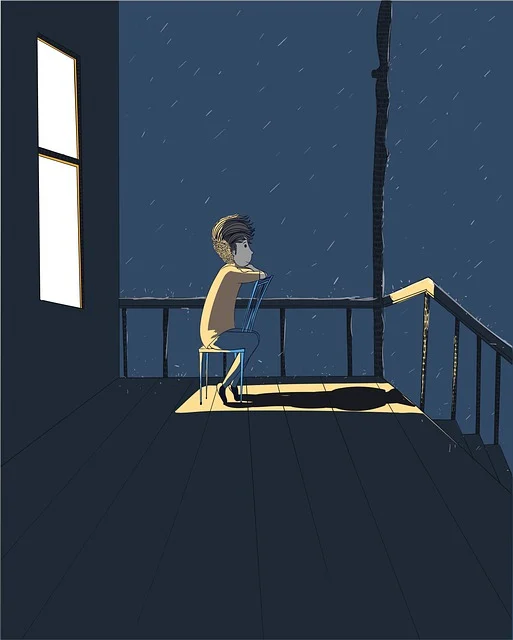
Exploring negative thought patterns in order to modify unpleasant ideas and behavior is the basis of cognitive behavioral therapy (CBT), an efficacious treatment for a wide range of mental health disorders. According to a study, CBT and exposure therapy—which involves repeatedly exposing oneself to emotionally upsetting stimuli—helped lessen the symptoms of despair and bereavement in bereaved individuals. The individuals also reported improvements in their social functioning and psychological well-being.
Repeatedly hearing the account of the death that took place is one kind of exposure therapy for chronic tried disorder. CBT can assist with symptoms like insomnia that may arise from protracted grief disorder in addition to assisting with grief itself.
Support Teams
Grieving people can also benefit from attending support groups. This is particularly true because these organizations can assist alleviate the loss of social support that bereaved individuals frequently face.
Psychodynamic Counseling
Psychodynamic psychotherapy is one of the numerous psychotherapeutic modalities that has the potential to be successful. Also Psychodynamic psychotherapy is a type of talk therapy where clients examine thought and behavior patterns from both their history and present.
Medications
The use of psychiatric drugs to treat complex grieving has not been well studied. Antidepressants, however, might be beneficial for those who experience both complex mourning and clinical depression.

